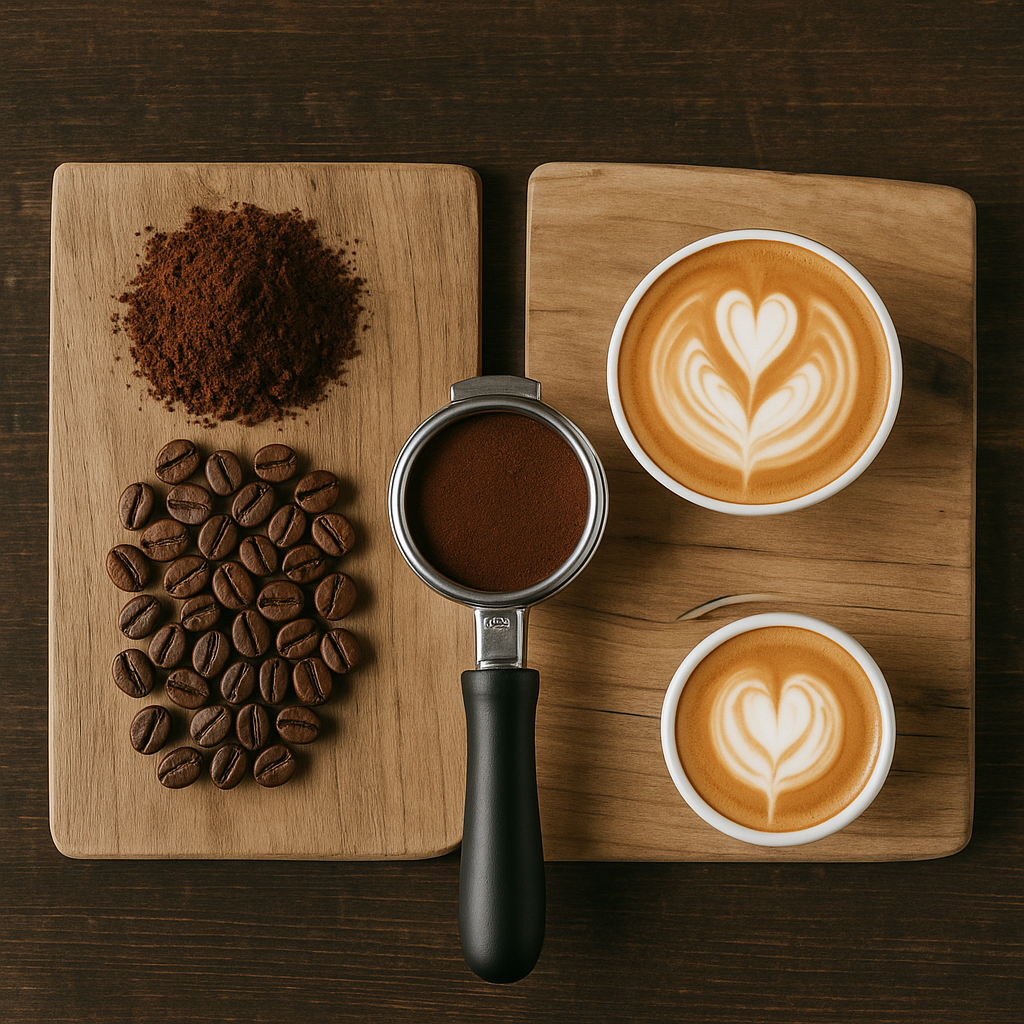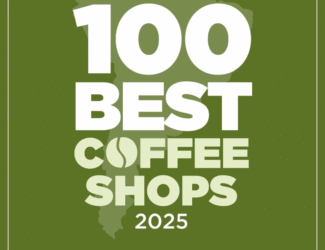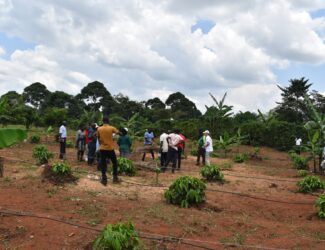
Lackluster Rainfall in Brazil Lifts Arabica Coffee Prices
Arabica coffee futures settled higher on Monday, supported by renewed supply concerns due to below-normal rainfall in Brazil. July arabica (KCN25) closed up +2.85 cents (+0.74%) after earlier rising as much as +6.20 cents (+1.61%) intraday. July robusta contracts (RMN25) were not traded due to the UK’s May Day holiday.
According to Somar Meteorologia, Brazil’s top arabica-producing region, Minas Gerais, received just 1.5 mm of rain in the week ending April 26—only 21% of the historical average. The insufficient rainfall triggered short covering among traders, lifting prices off recent lows.
Last week, arabica futures hit a 2.5-month high and robusta climbed to a 5-week high amid growing concerns about Brazil’s next crop. Rabobank forecasted that Brazil’s 2025/26 arabica harvest could fall by 13.6% year-over-year to 38.1 million bags due to drought-related impacts on flowering.
Tight robusta supply is also driving price support. Vietnam, the world’s leading robusta exporter, saw January–March shipments fall 15.3% year-over-year to 495,780 metric tons, according to data from the Vietnam Customs Department.
Supply-side pressures are building across the board. Cecafe reported that Brazil’s green coffee exports in March fell 26% from the previous year to 2.95 million bags. On January 28, Brazil’s crop agency Conab projected a 4.4% decline in the 2025/26 coffee crop to a three-year low of 51.81 million bags. It also revised the 2024 crop estimate down 1.1% to 54.2 million bags from the earlier figure of 54.8 million.
At the same time, demand-side concerns are tempering bullish sentiment. Major global importers—including Starbucks, Hershey, and Mondelez International—warned that the U.S. baseline 10% tariff on imports would likely raise consumer prices and dampen demand.
Inventory signals are mixed. Last Wednesday, ICE-monitored robusta inventories fell to a four-month low of 4,225 lots, while ICE-monitored arabica inventories rose to a 2.5-month high of 832,133 bags as of Monday.
Robusta markets remain supported by production setbacks in Vietnam. The country’s 2023/24 crop fell by 20% to 1.472 million metric tons—its smallest in four years—due to drought. In addition, Vietnam’s 2024 coffee exports dropped 17.1% year-over-year, and its Coffee and Cocoa Association recently cut its 2024/25 output estimate from 28 million to 26.5 million bags.
Meanwhile, Rabobank expects Brazil’s 2025/26 robusta production to increase by 7.3% to a record 24.7 million bags. Despite this, Conab reported in February that Brazil’s total 2024 coffee exports rose by 28.8% year-over-year to a record 50.5 million bags. In contrast, the ICO reported a 12.4% year-over-year decline in global coffee exports in December, with October–December exports down 0.8%.
The USDA’s December biannual report presents a mixed picture: global coffee production in 2024/25 is projected to rise 4.0% to 174.86 million bags, including a 1.5% increase in arabica and a 7.5% jump in robusta. However, ending stocks are forecasted to fall 6.6% to a 25-year low of 20.87 million bags.
Looking further ahead, Volcafe recently cut its forecast for Brazil’s 2025/26 arabica crop to 34.4 million bags, down 11 million from earlier estimates following extensive drought damage. The firm anticipates a global arabica deficit of 8.5 million bags—greater than the 5.5 million bag shortfall forecasted for 2024/25—marking the fifth consecutive year of global deficits.
Market Close Update – May 5, 2025:
Arabica coffee futures closed Monday at +2.85 cents (+0.74%), moderating after stronger gains earlier in the session. The price movement followed weather-driven buying activity. ICE-monitored arabica stocks increased to 832,133 bags, the highest level in 2.5 months, while robusta trading remained closed for the UK holiday.



